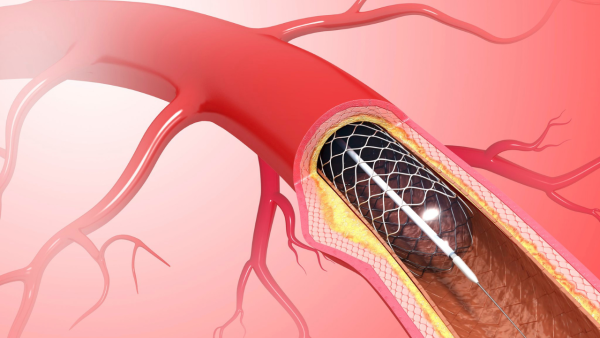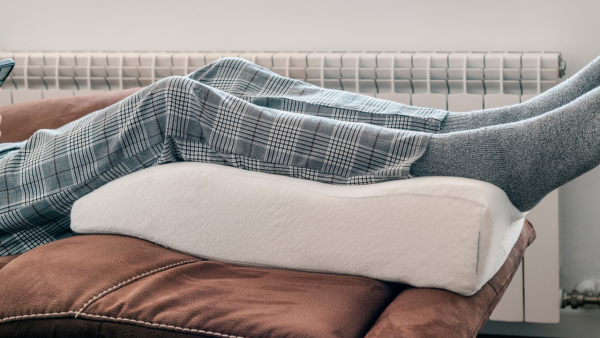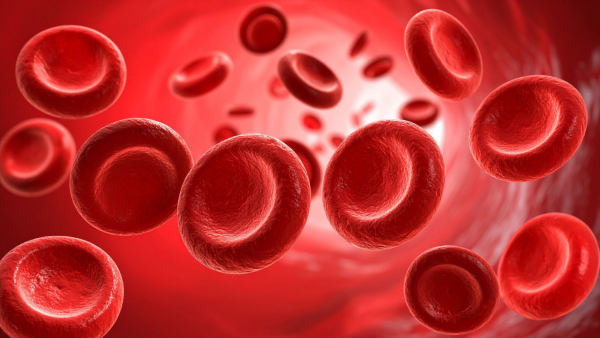
Maintaining good, natural blood circulation in the legs, is important as part of overall vascular health , to prevent such complications as swelling, pain, and varicose veins that can affect life quality. Evidence-based natural approaches include exercise, diet, lifestyle modifications, and therapies that support vascular function and enhance blood flow. (Source: British Heart Foundation)
What are the causes of poor circulation:

Atherosclerosis: The fatty buildup of plaque in the artery walls, that causes the arteries to harden and narrow until blood cannot pass properly.
Peripheral artery disease: This is caused by a build-up of atheroma on the walls of arteries, usually happens in legs-and feet.
Obesity: Excess weight can increase your risk of high blood pressure, diabetes-and high cholesterol, which can lead to poor circulation.
Heart failure: This is when your heart cannot pump blood around the body as well as it should.
Exercise-and muscle conditioning

Improving leg circulation is based on exercise. Muscle contraction, especially of the calf muscles, acts like a pump that pushes blood upwards through veins back to the heart by counteracting the force of gravity. Even simple, low-impact activities-such as walking, swimming, and cycling, will raise heart rate and stimulate dilation of the blood vessels by increasing a molecule called--nitric oxide, which has relaxing effects on vessel walls and improves blood flow.
Specific resistance exercises like squats, calf raises, and leg presses especially strengthen the muscles concerned with venous return, enhancing circulatory efficiency. Exercise therapy, under supervision, has been found to be of benefit in peripheral artery disease-a common circulatory impairment of the legs-both in reducing symptoms and improving walking distance. Regular movement prevents blood pooling and lowers risks of clot formation.
Leg elevation and compression

This is a natural method by which gravity acts to stimulate blood flow from the legs back to the heart. In individuals experiencing chronic venous insufficiency, in which vein valves malfunction and lead to blood pooling, the practice of elevating legs above hip level at periods of rest diminishes both venous pressure and swelling.
Compression socks apply gentle, graduated pressure to veins to prevent any blood stagnation. They are of special use for patients with varicose veins or for patients who have been bedridden for an extended period. The combination of compression therapy-and exercises works best to optimize flow and reduce the symptoms of swelling and fatigue.
Dietary adjustments for circulation
Nutritional intake also plays an important role in vascular health. Diets rich in-antioxidants, fiber, and healthy fats improve function in the blood vessels and reduce arterial stiffness. Green--leafy vegetables, fruits, whole grains, nuts, fish, and olive oil provide the nutrients necessary to support heart and circulatory health.
Lower sodium intake decreases blood pressure and prevents water retention, which could be harmful in the case of swelling in the legs. Food containing flavonoids, like berries, citrus fruits, and dark chocolate, improves endothelial function-the lining of blood vessels that regulates dilation and blood flow.
Omega-3 fatty acids in fish reduce inflammation and improve arterial compliance. Hydration is also an important factor; proper blood volume ensures smooth circulation.
Lifestyle changes

It is important to quit smoking for circulatory health. Nicotine narrows blood vessels, while accelerating atherosclerosis-and damaging the walls of arteries, both of which can directly cause poor circulation in the legs.
A healthy weight reduces the pressure on leg veins and arteries, lowering the risk of developing venous insufficiency and PAD. It's also important to avoid prolonged sitting or standing; take frequent breaks and walk around to help improve blood flow.
Improved circulation through relaxing techniques-like yoga, can benefit from postures promoting venous return. Yoga also offers twisting poses, as well as inverted postures, which serve the dual purpose of oxygenating tissues and stimulating the circulation of blood.
Additional natural therapies
The blood vessels dilate-and improve the flow of blood with warm baths. Dry brushing or stimulation of skin with a firm brush can also enhance blood circulation and lymphatic drainage to remove excess tissue fluids and toxins.
Hydrotherapy and pool exercises give gentle resistance without straining joints and are excellent for individuals who have mobility problems.
Consulting health care providers for appropriate use of diabetic or-compression socks and potential medical treatments is highly essential in the management of circulatory problems.
Contact to : xlf550402@gmail.com
Copyright © boyuanhulian 2020 - 2023. All Right Reserved.